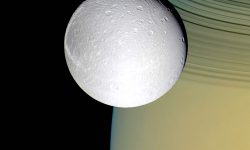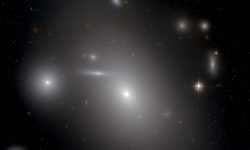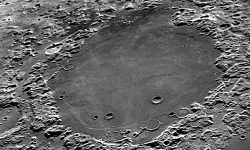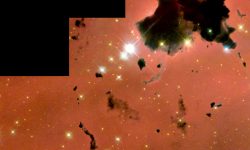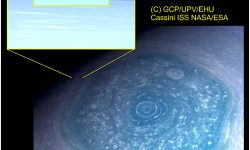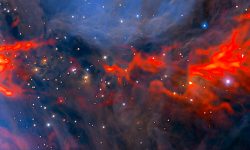Ebb and Flow
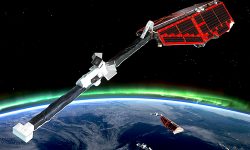
May 21, 2020 Earth is affected by solar emissions. Electrical connection between charged bodies in space is a basic tenet of Electric Universe theory. The ionosphere is connected to the Sun by streamers of electric charge. Earth is connected to circuits in the Sun that drive electric forces between the…








